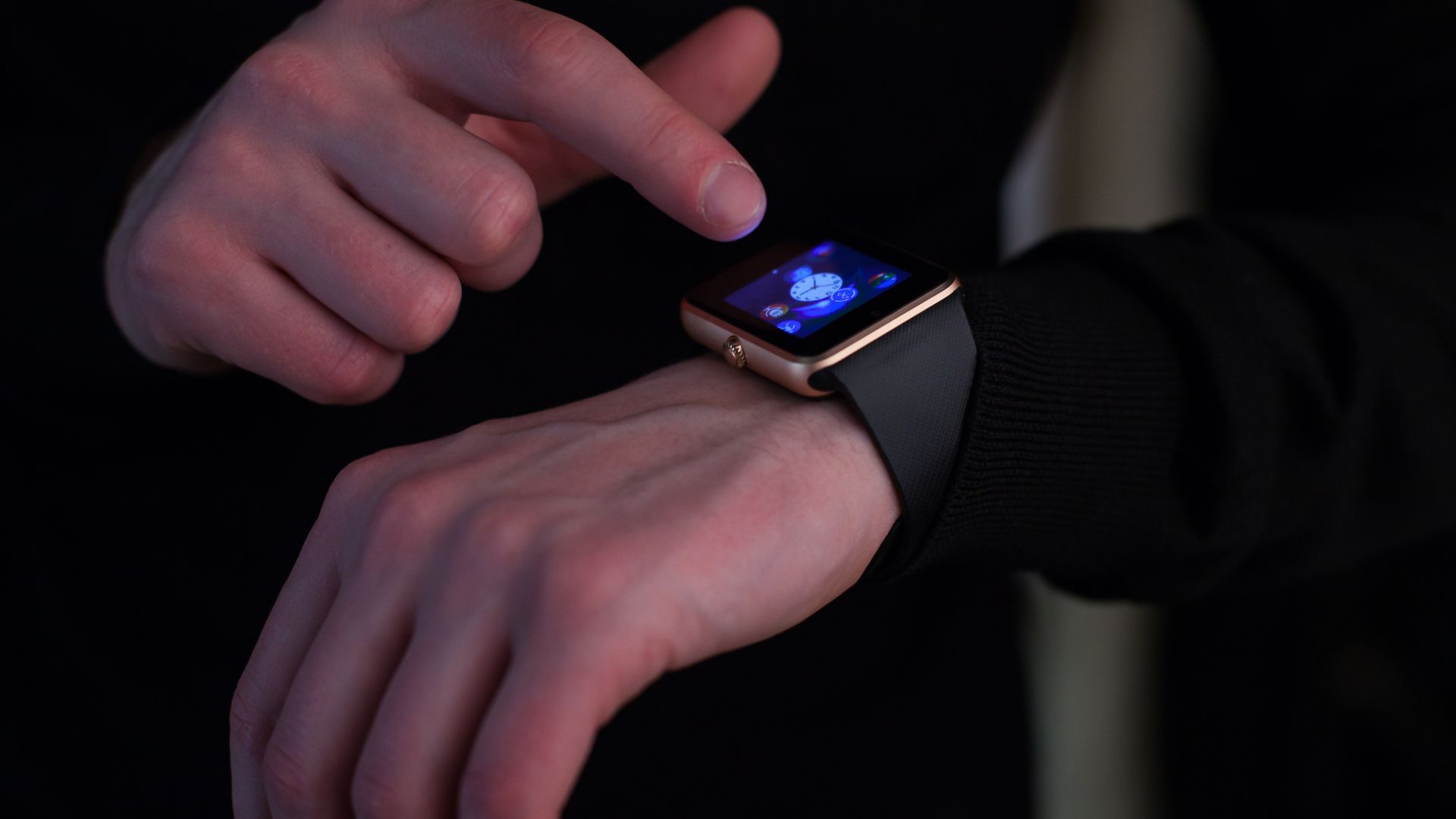The Rise of Smart Glasses: Features and Applications You Need to Know
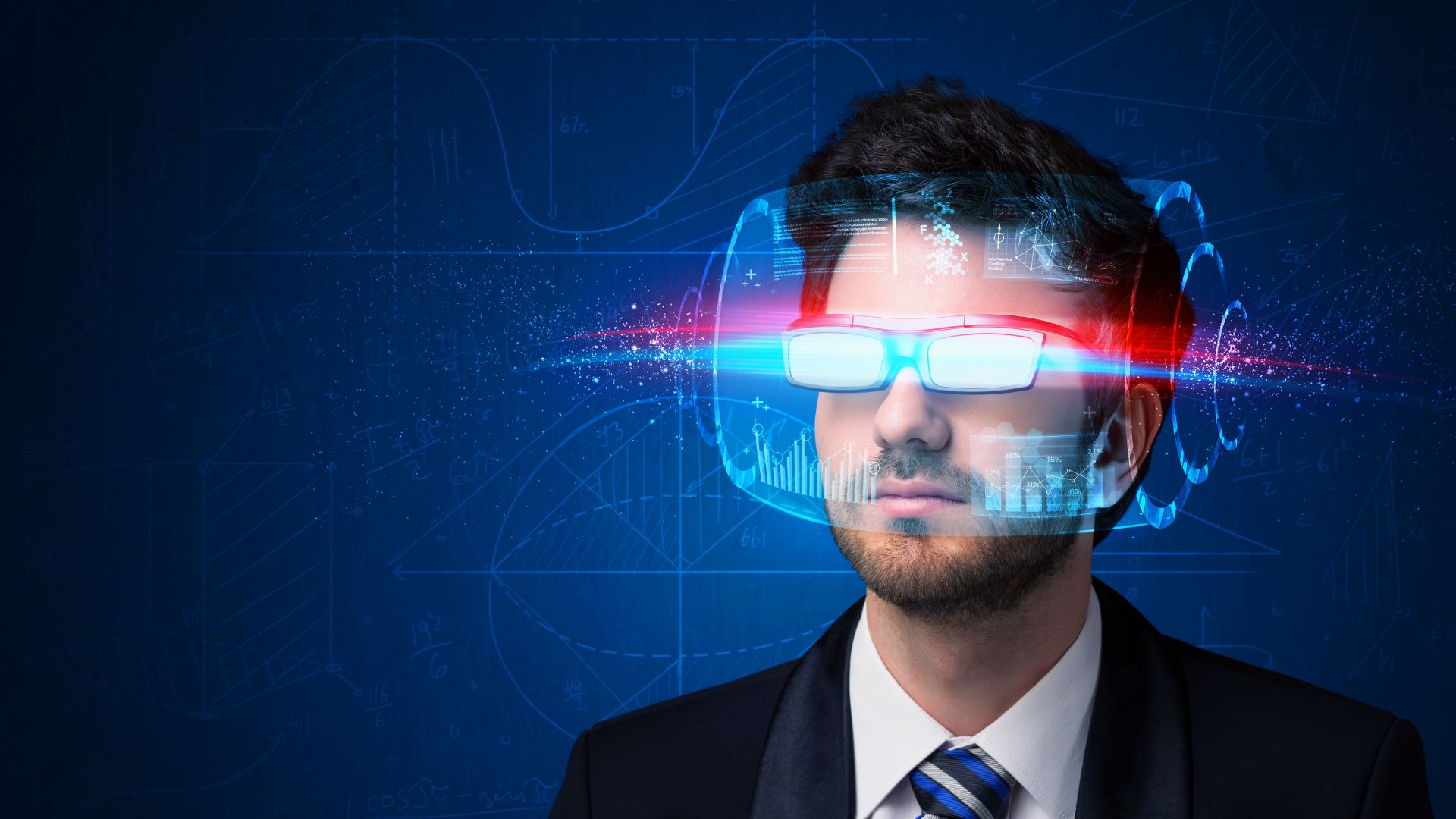
Smart glasses have evolved from futuristic concepts to practical tools that enhance daily life. These high-tech wearables integrate augmented reality (AR), hands-free communication, and advanced sensors to revolutionize various industries. Here’s an in-depth look at their features and applications.
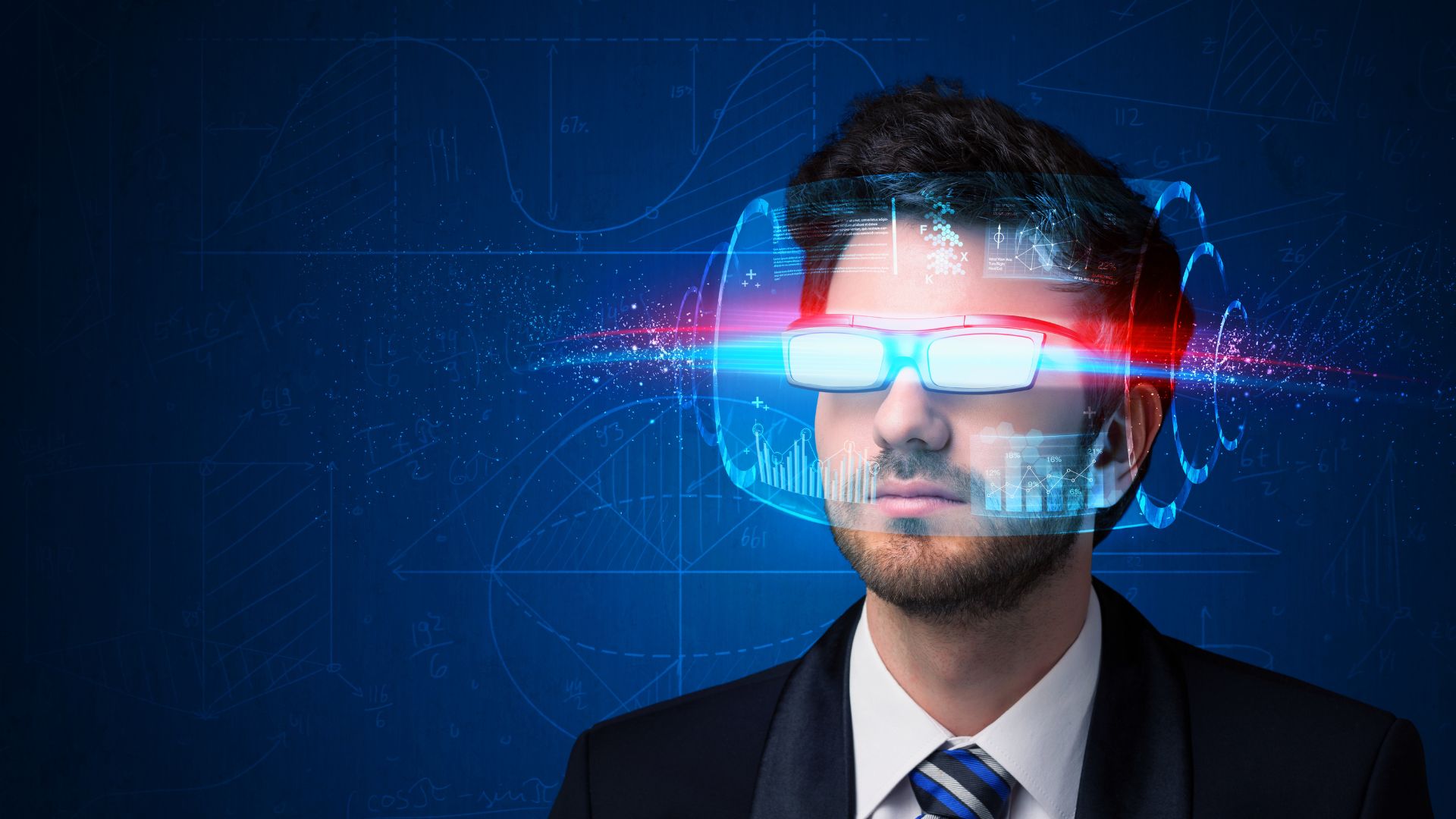
Key Features of Smart Glasses
- Augmented Reality (AR) Displays
- Overlays digital information onto the real world.
- Used in navigation, gaming, and hands-free work instructions.
- Voice Control and AI Integration
- Allows users to control functions using voice commands.
- Integrated virtual assistants like Google Assistant and Alexa enable hands-free searches and reminders.
- Built-In Cameras and Sensors
- Capture images and videos for documentation or entertainment.
- Some models include LiDAR or thermal imaging for industrial use.
- Real-Time Translation and Navigation
- Some smart glasses provide instant language translation.
- Navigation systems project routes and directions without looking at a phone.
- Fitness and Health Monitoring
- Sensors track steps, heart rate, and even posture.
- Some models alert users when they show signs of fatigue.
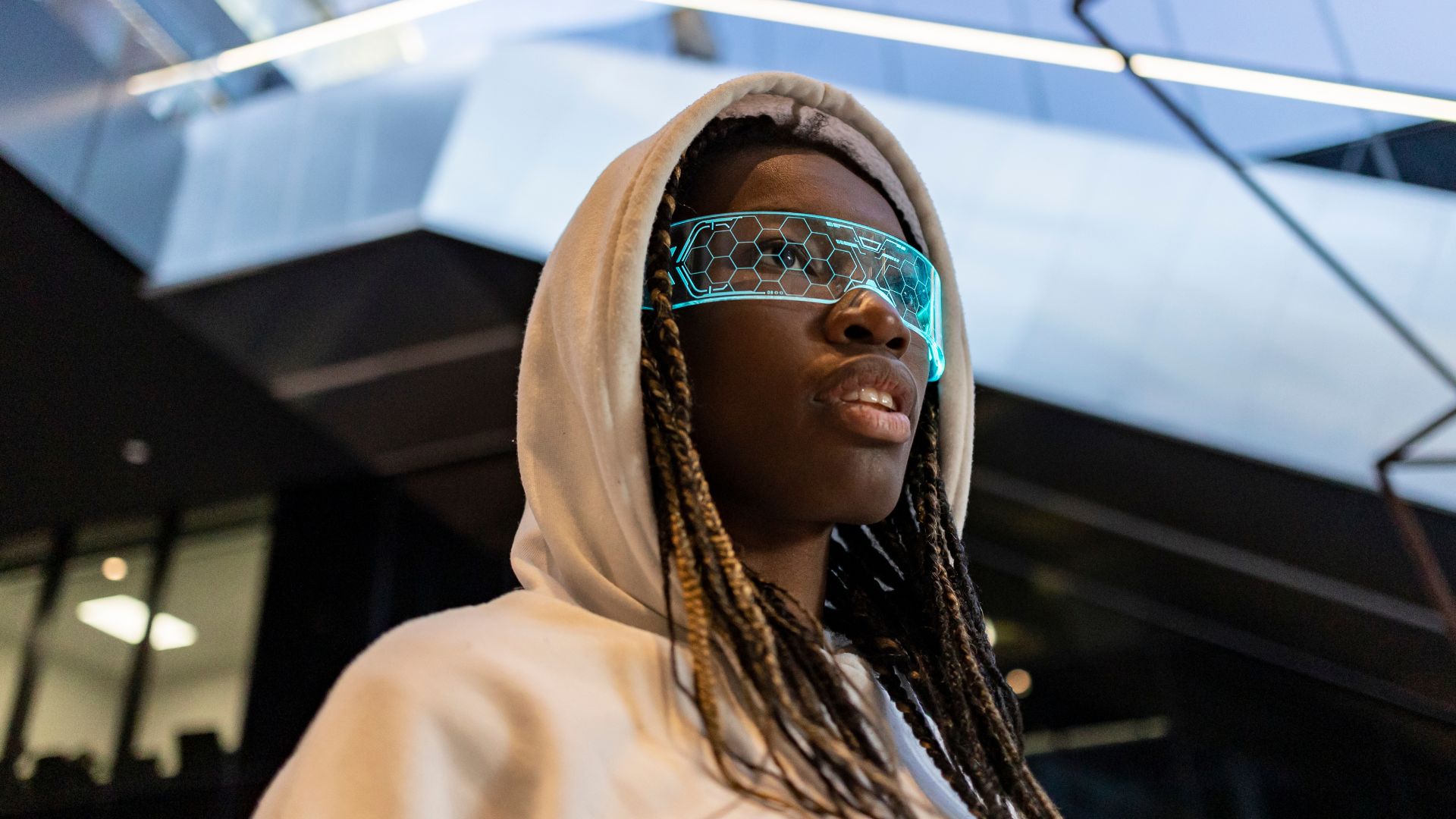
Applications of Smart Glasses
- Workplace Productivity
- Healthcare: Surgeons use AR glasses for real-time patient data and remote collaboration.
- Manufacturing: Technicians receive step-by-step assembly instructions without referring to manuals.
- Logistics: Warehouse employees use them to scan inventory and streamline operations.

- Entertainment and Gaming
- AR gaming offers interactive experiences that merge digital and real-world elements.
- Smart glasses provide immersive movie and sports viewing experiences.
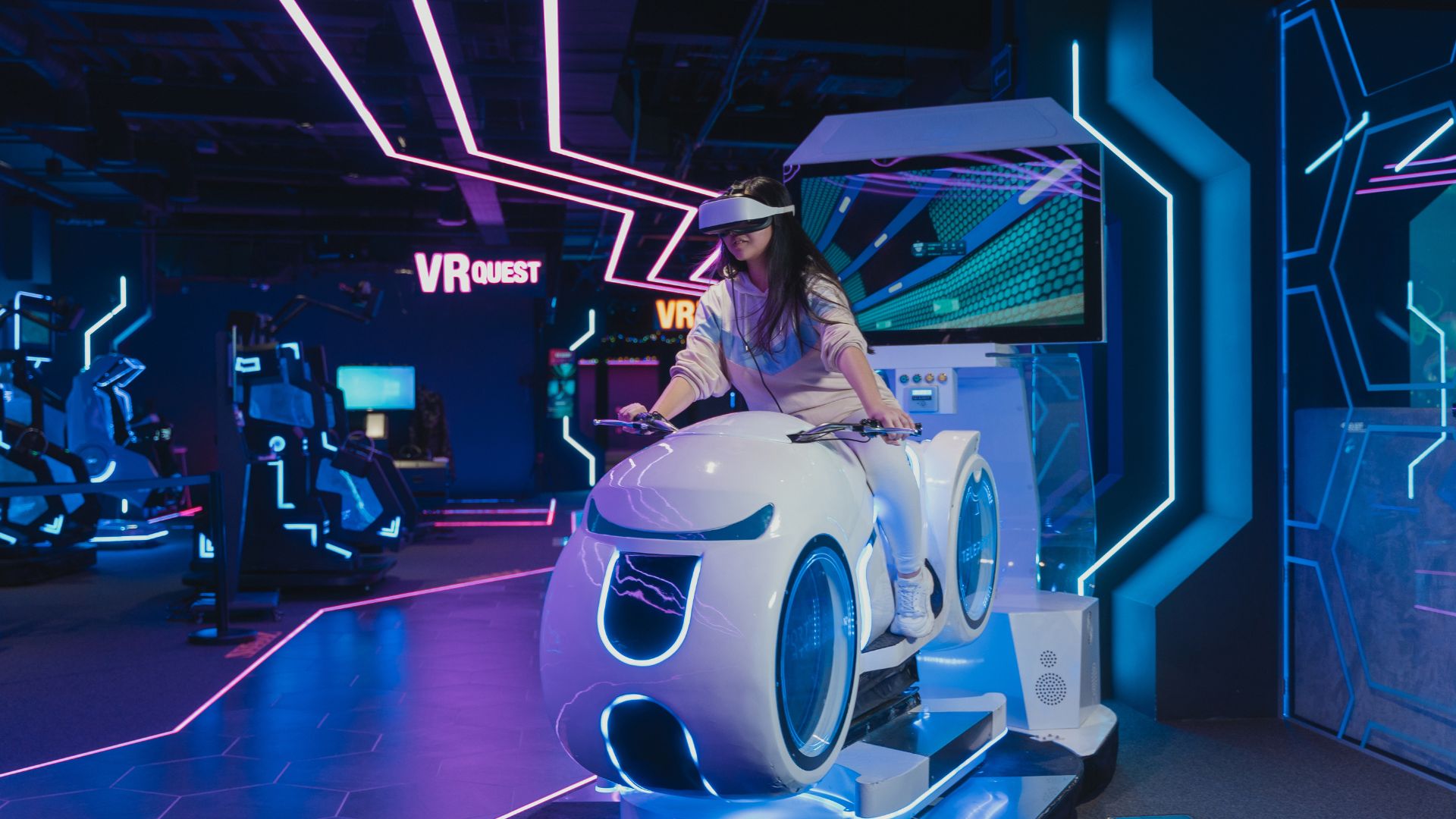
- Retail and Shopping
- Virtual try-on features allow users to see how glasses, makeup, or clothing look before purchasing.
- Smart glasses enhance in-store navigation and personalized shopping recommendations.
- Navigation and Travel
- Cyclists and drivers use AR glasses for turn-by-turn navigation without taking their eyes off the road.
- Tourists can receive historical information overlaid onto landmarks.
Future of Smart Glasses
As smart glasses become lighter, more affordable, and more powerful, their applications will continue to expand. With improvements in battery life, display quality, and connectivity, they could soon become a mainstream wearable, enhancing both personal and professional experiences.


